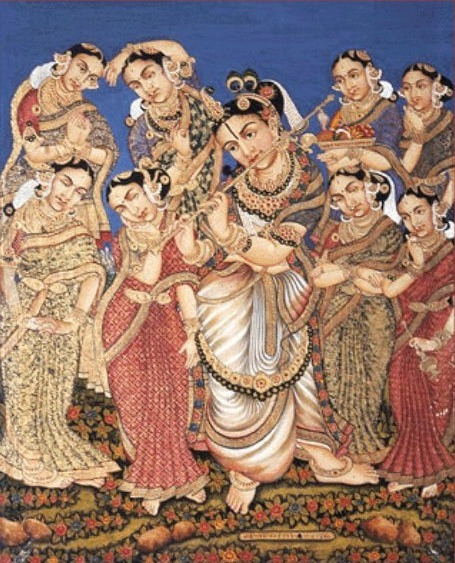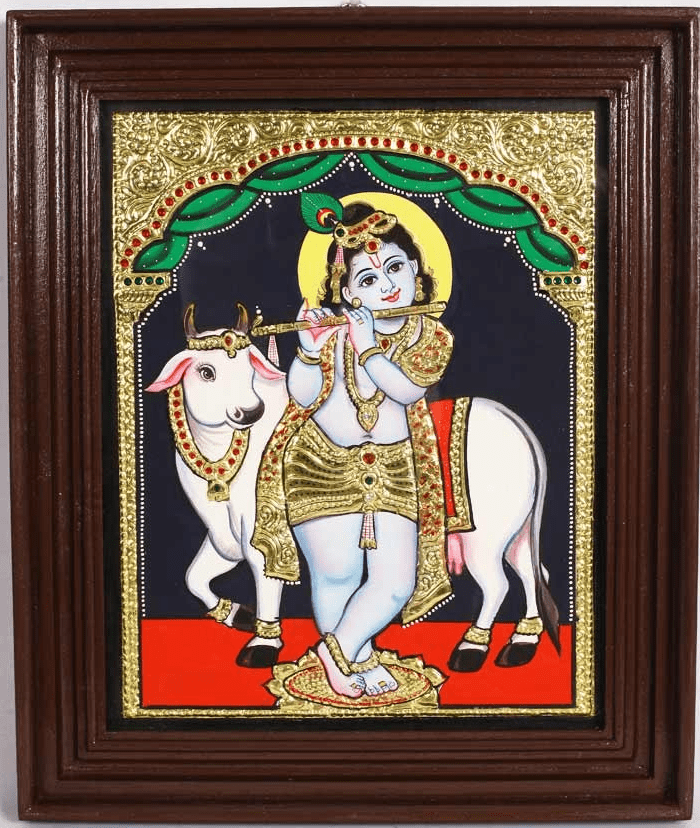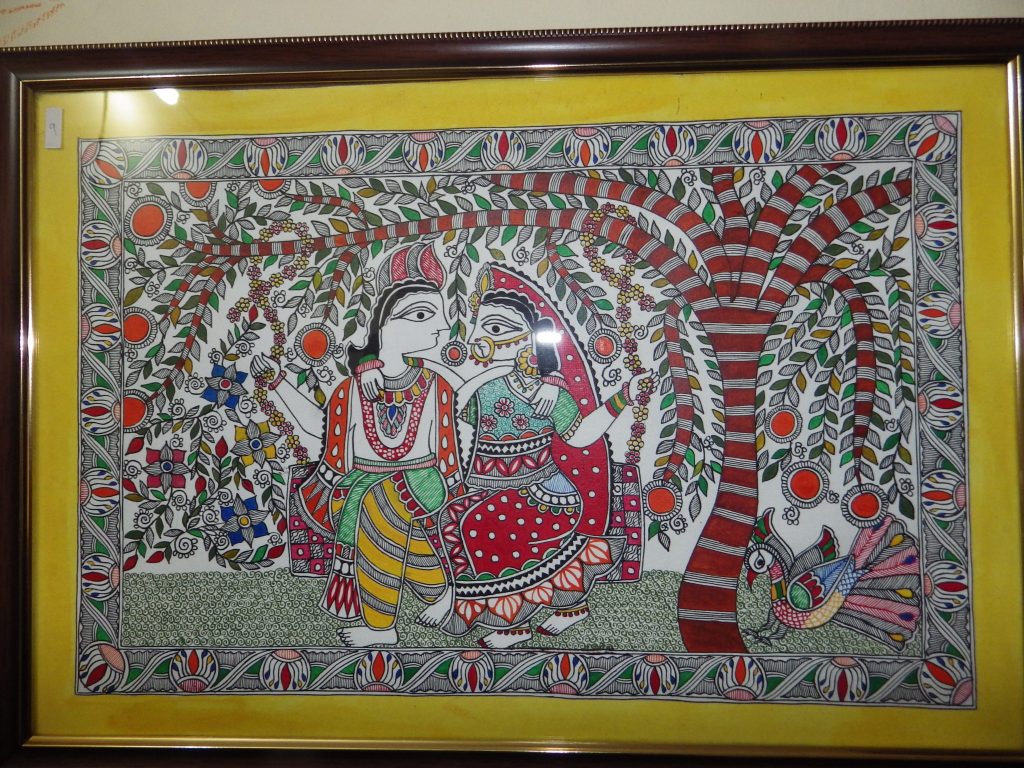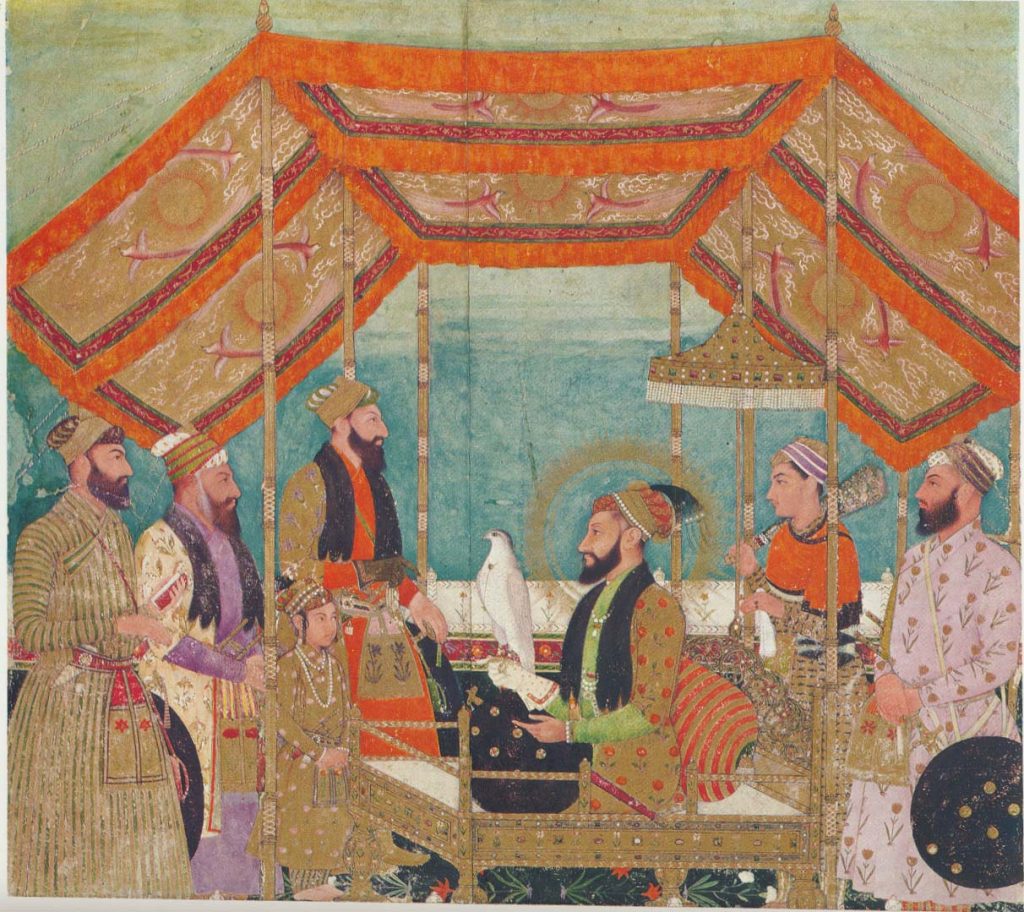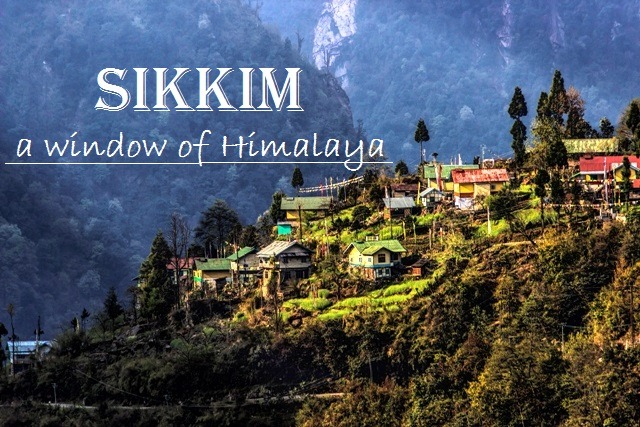India is a vast country with numerous cultures and traditions. Indian paintings depict the various cultures and traditions right from the early civilization till today. Although, with time, the different styles of painting have also undergone changes, becoming more or less a blend of different cultures.
‘Murals’ and ‘Miniatures’ are the two main classes into which Indian paintings can be categorized. ‘Mural’ is referred to the huge works of art done mainly on walls, which started in the ancient and early medieval times. These are those done in the Ajanta Caves, Ravan Chhaya rock Shelter, Armamalai Cave in Tamil Nadu and Kailashnath Temple in Ellora Temple. These paintings are mainly based on religious themes of the Hindu, Jain and Buddhist religions. ‘Miniature’ paintings are small sized paintings, done for books and albums etc. The first miniature painting was perhaps done on palm-leaf. The early paintings were the miniatures of the murals and also had a religious theme.
Gradually, many types of paintings evolved. These include Eastern, Western, Mughal, Malwa, Deccan and Jaunpur, Mysore, Tanjore, Rajput, Kangra, Madhubani, Pattachitra, Bengal, Contextual, Vernacular and Modern paintings. There are marked differences in the style of each type of paintings. Let us have a look at some of the major types of paintings, the special techniques involved in executing them and also how they are different from each other:
The Mysore painting is a South Indian classical form of painting which emerged in the city of Mysore in Karnataka. It comprises mostly of the paintings of Hindu Gods and Goddesses and vistas of the Hindu legends. These paintings are outcome of various stages; firstly, the sketch is drawn on a paper pasted on a wooden base. Then, ‘gesso paste’, which is a mixture of zinc oxide and Arabic gum, is taken on a thin brush and applied on the parts of the painting which need to be given a raised effect of carving to highlight details. After it dries up, thin gold foil is pasted over it and rubbed with a smooth stone so as to enhance the richness in the relief work. The rest of the sketch is painted with soft colors. Initially, the colors used came from leaves, flowers and minerals. But nowadays, poster colors and water colors are used for the purpose.
Tanjore Painting is yet another South Indian style of painting, which originated in Tanjore, in Tamil Nadu in the 9th century. The main theme of these paintings is God and Goddesses and Hindu mythological scenes. The sketch is drawn on a cloth pasted over a wooden base. This base is then made smoother by applying a mixture of zinc oxide and adhesive on it. To give the image a beautiful and attractive look, semi- precious stones, pearls, glass pieces, laces and threads are used to embellishthe jewelry and the apparels. Then, gold foils are pasted over it and bright colored dyes are used for coloring the figures.
Madhubani Painting originated in the Mithila region of Bihar. The themes of the paintings include vistas of the royal court, occasions such as weddings, Hindu Gods and traditions etc. In this unique style of painting, colors are obtained naturally from leaves, herbs and flowers. Other techniques were also adopted to obtain different colors from natural products, for example black color was createdby adding soot to cow dung, yellow color was obtained by mixing turmeric with milk of banyan tree, and so on. A distinguishing feature of theMadhubani paintings is that no space is left empty; rather, it is filled with paintings of flowers, birds, animals or even geometric designs. The brush used for these paintings were made by wrapping cotton cloth around a bamboo stick. Double lines are drawn for outlines and the gaps are filled by cross or smallstraight lines.
The Mughal Paintings emerged in the Mughal period i.e. the 16th to 19th century and were done in miniatures. Mughal paintings were the outcome of the combination of Persian, Islamic and the Indian styles. These paintings were mostly depiction of scenes of battles, hunting and court. Legendary stories andwildlifealso form some of the popular themes.
The famous Mughal paintings include series of Hamzanama, which were painted on cloth in Persian Safavi style. The artists used golden color abundantly as a symbol of prosperity. Bright colors such as red, blue, and green were used, evocative of Persia as they were done mainly by the Persian artists. Later, Indian artists were employed and so Indian tones can be seen in the later works.
The Bengal style of art emerged in the British period in the 20th century. It was the outcome of nationalist movement against the academic art styles. The Bengal art was influenced by the Mughal art and exhibited the discrete religious qualities of India and symbols of national aspiration. They drew inspiration from non western art tradition and tried to capture the religiousspirit of the East. Later on,that is, post-Independence, the Bengal style of art became modern.
Paintings are a wonderful medium of expression of ideas, feelings, cultures and traditions. The beauty and uniqueness ofIndian Paintings lies in its diversity, as each style of painting is a reflection of the legends, mythologies, cultures, tradition and history of the place(s) it originated from. A comparative observation of these styles can be a great source of knowledge of history!

